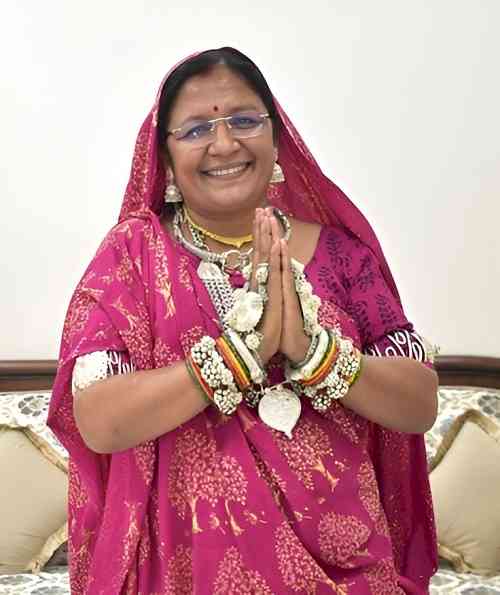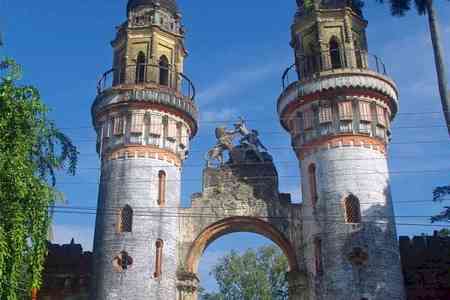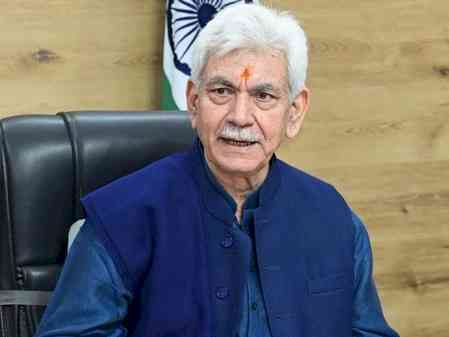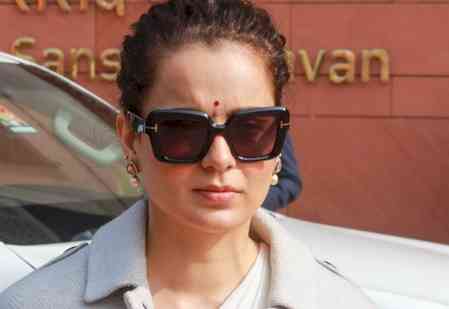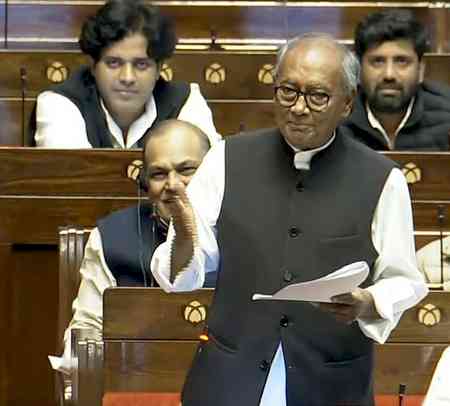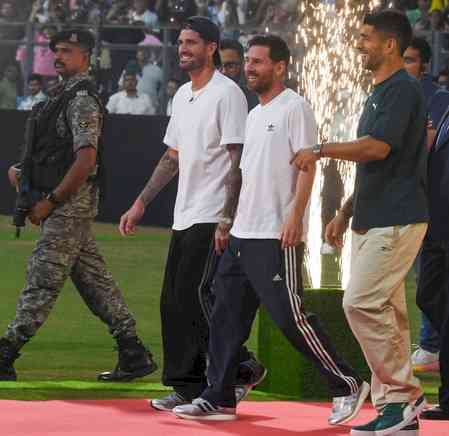Not just the Leadership, but the Mass Public Movement that Creates the History
The world is witnessed to a number of epoch-making success stories that turned the course of the history towards the larger collective good of the humanity, and inspired the mankind to stand by the truth, peace, non-violence and against the divisive forces.
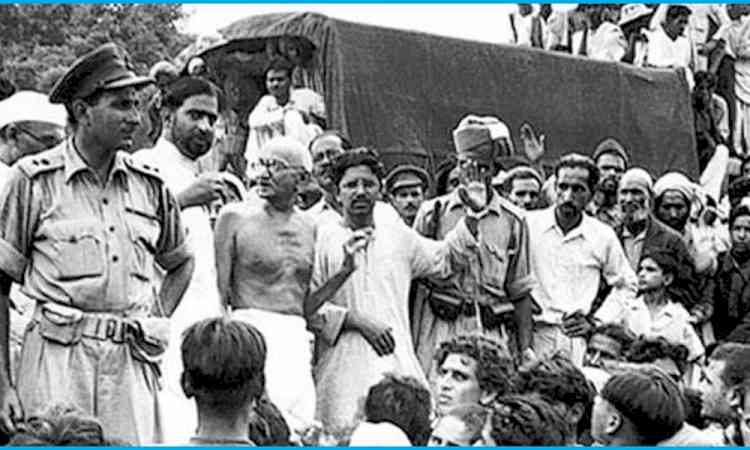
byAnugyan & Prof Pritam B Sharma
The world is witnessed to a number of epoch-making success stories that turned the course of the history towards the larger collective good of the humanity, and inspired the mankind to stand by the truth, peace, non-violence and against the divisive forces. Two such success stories relate to the end of racial discrimination, resulting from the mass movement led by Dr. Martin Luther King Jr. in US and India’s march to freedom from the British Raj by the mass movement led by Mahatma Gandhi.
America for many years during the 19th and early part of 20th century practiced slavery and racial discrimination and tried to rise to great prominence globally. But its policies for racial discrimination were self-defeating as they created then a heterogeneous society that divided itself on the color of the skin of its people. People, mostly originating from the African countries were driven to slavery and even when America became a great federal republic, could not enjoy the same rights as were available to other Americans during the years of great industrial advancement in the 19th and early part of 20th century. It was, however, for the Martin Luther King Jr. to voice his serious concern for the African Americans in his famous speech, popularly referred to as his maiden address, “I Have a Dream” at the Abraham Lincoln Memorial in Washington DC in 1963 that echoed not just the sentiments but touched the hearts of millions in America and around the world to rise to eradicate racial discrimination from a country that rose to great prominence after the second World War. The great nations are built by the collective might of its people and the vision of its leaders.
It may be pertinent to mention that It was not just the leadership of Martin Luther King Jr. that led to the end of racial discrimination. What truly made the difference was in fact, a remarkable incidence that occurred in Birmingham in Alabama on an early morning in May 1963 when an African American boy, who was happily marching towards his school was shown in a photograph published in the New York Times to have been brutally attacked by the patrolling police dogs. It is this act of brutality against an African American schoolboy that shook the conscience of the people of America of all walks of life that created a mass upsurge against the prevailing racial discrimination and gave Martin Luther King Jr a massive support to his Civil Rights Movement to end racial discrimination and create a fair and just society for all Americans.
But the leadership still matters. In the case of Martin Luther King, he protested in good faith, fighting racial inequality with the power of his perspectives, and not the force of his fists. Even when tempted with a more aggressive form of activism, King urged his followers to remain good citizens, negate temptations to become aggressive and violent. He ensured that his vision of racial harmony received the utmost attention from the general public, from the men and women of conscience from all Americans. At the end of the day, the credit for the success goes to the leadership. Martin Luther King lives in the heart of millions around the globe and continues to inspire one and all to his unmatched struggle for eradication of social inequality. Little or no credit, however, remains in the memory lanes of history for the heart touching incidence of that brutal attack on the African American schoolboy in Birmingham. Alabama that truly triggered the conscience of the people and landed a massive support to the civil rights movement that Martin Luther King Jr so successfully lead.
In India too. The freedom struggle lead by Mahatma Gandhi got a real boost after his visit to the poverty stricken Champaran district of Bihar, a region that was reduced to abject poverty by the British by their lust to force the local farmers to grow Indigo crops for their ultra-commercial gains and depriving the local farmers pf their legitimate payments besides making their agriculture fields infertile for growing even the bare minimum food for survival. The mass movement for freedom from the British Empire, commonly referred as the Champaran Satyagraha of 1917 is considered a historically important rebellion in the Indian independence movement. Hereafter, Mahatma Gandhi knew that it is the mass public movement based on peaceful and nonviolent struggle that would enable India to achieve freedom from the British rule. Gandhi’s Satyagraha supported by the mass public participation from all walks of life gave a clarion call to the mighty British to leave India soon after the second world war was over. Mahatma Gandhi emerged as the champion of peace and nonviolence and showed the way for freedom from foreign rule to many nations that followed India and its leader Mahatma Gandhi.
Martin Luther King Jr himself has a high admiration for Gandhi’s peaceful Satyagraha, and so was with Nelson Mandela who led South Africa to the light of freedom. King who never met Gandhiji personally, learned about him largely through his writings and a trip to India in 1959. He drew heavily on the Gandhian idea of nonviolence for his own Civil Rights Movement. King wrote that Gandhi was a "guiding light" for him. Love Is The Key. "Nonviolence" is more than simply agreeing that you won't physically attack your enemy, rather you will bank on the power of truth and the power of love, he maintained.
The memories are often short for the details, but the leadership remains a fresh in the minds and hearts of people. We often tend to forget that it is not just the leadership but the mass movements that ultimately assure success of the leadership. Today, when we dream about creating a bright and green future for the global community, we need leadership of peace, nonviolence and social harmony that creates mass public movements for marching on the pathways of a sustainable green future for the mankind on planet Mother Earth.
(Anugyan is a 11th grader at International School in US and Prof Pritam B Sharma is the Founder Vice Chancellor of DTU and RGPV and is the past President of Association of Indian universities, AIU)


 City Air News
City Air News 
